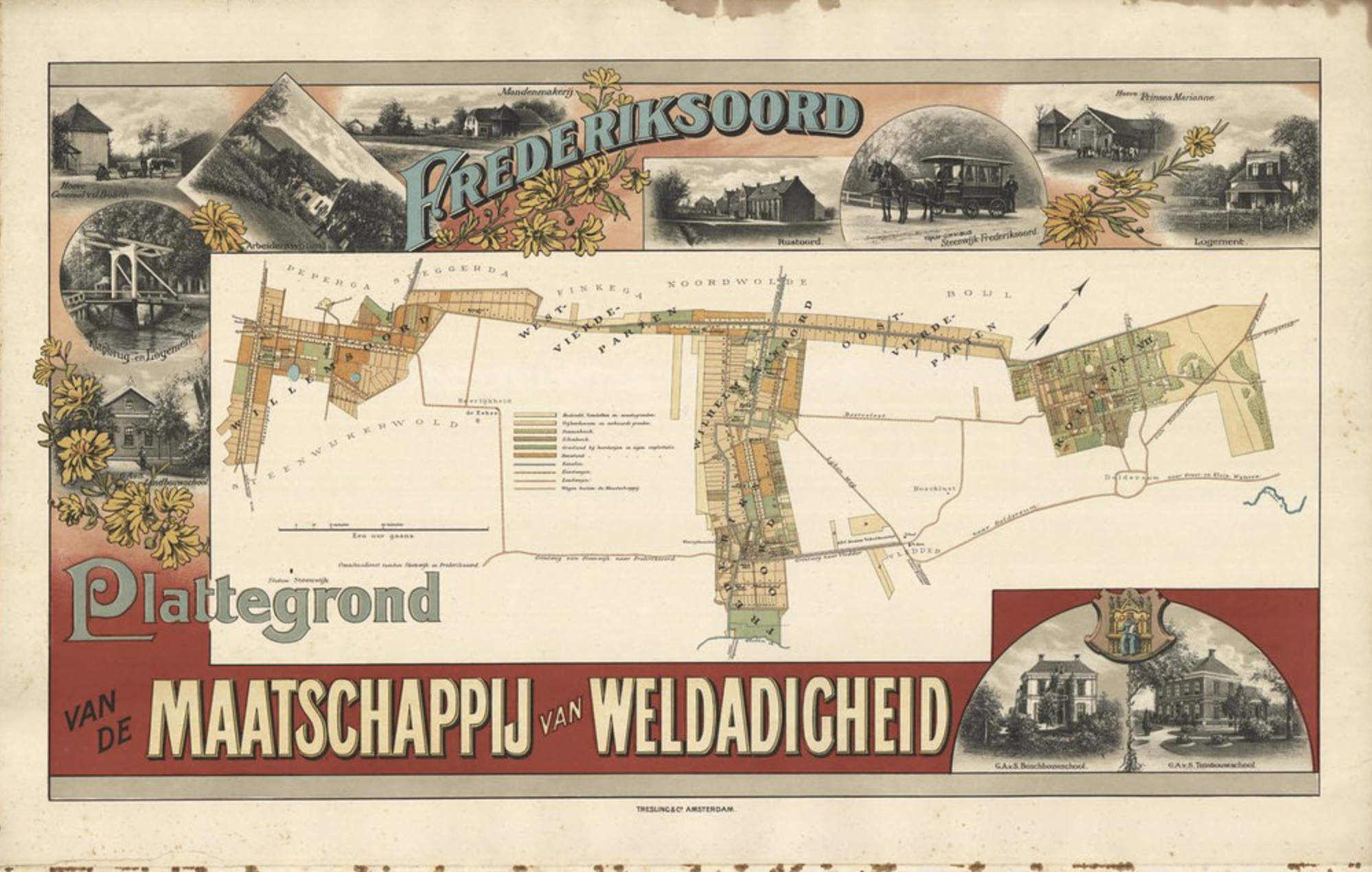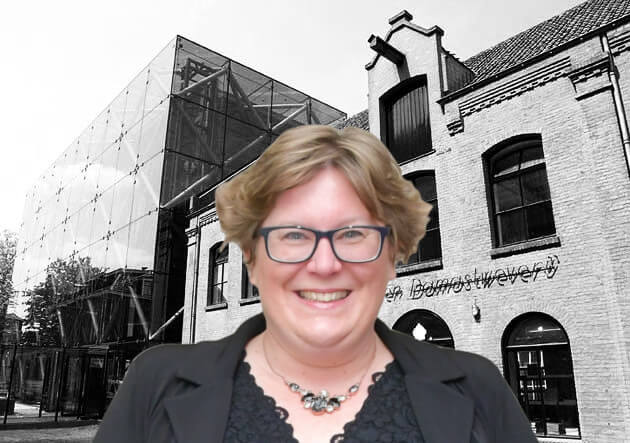
At my children’s school, the Dutch saying ‘van proberen kan je leren’ (‘learning can be done by trying‘) reigns supreme. A wonderful motto that should actually apply everywhere. And what a lot there is to learn, because so much has been tried out over the past centuries. Unfortunately, much of that knowledge has been lost. For the most part, history lessons are devoted to studying wars and learning about historical periods. However, to a far lesser extent, it is also about historical experiments and what we can learn from them. Therefore, I would like to introduce you to a gigantic social-design experiment from the 19th century.
Everything is malleable
Let me take you back to the year 1818. A few years before, Napoleon had been defeated at the Battle of Waterloo and had left the Low Countries in crippling poverty. Almost a third of the Dutch population did not have enough money to get by and lived off the charity of others. The government did not see tackling the poverty problem as their job. General Johannes van den Bosch (1780-1844) could no longer cope with it anymore. Deeply convinced of the malleability of people and their environment, he founded the Maatschappij van Weldadigheid (‘Society of Benevolence’). His mission was simple: get the wealthy to buy undeveloped land and build homes where the poor could then live. By clearing the land and working it as farmland, they would be able to provide for their own livelihood. In time, the agricultural surpluses would even generate money, solving the poverty problem without costing society a thing.
Social experiment
On the face of it, a classic win-win situation. Orphans, beggars, vagrants and poor families would then disappear from the city and be transformed into hard-working citizens who bring in money. This generated a return on investment for the investors in the Maatschappij van Weldadigheid. Johannes van den Bosch rallied enough enthusiasts for his ideas and soon amassed enough money to buy land and establish agricultural colonies. He then set up seven Colonies of Benevolence in the Netherlands and Belgium at a furious pace. These encompassed a total area of no less than 80 square kilometers. Four colonies were ‘free’ colonies, where poor families moved into themselves in the hope of a better life. Three colonies were not free and were intended for orphans, vagrants and beggars (begging was forbidden at the time).
The colonies were far ahead for their time. There was schooling for all children and they even had their own health insurance. Through the combination of healthcare, education, religion and discipline, anyone who went to live in the colonies was supposed to have become a model citizen. To remind the people who lived there of this formula, signs were placed on the houses with texts like ‘Order and discipline‘, ‘Work is a blessing’, or ‘Work and pray‘. A kind of early 19th-century advertisement for a strong work ethic (which, unfortunately, was ineffective because most people who went to the colonies were unable to read).
From experiment to failure
Unfortunately, things did not go as expediently as Johannes van den Bosch had envisioned. A combination of a lack of discipline, poor knowledge of agriculture, alcohol abuse, depleted farmland, and low grain prices meant that the intended yields were not achieved and money had to be added every year. Both people and the land proved to be less malleable than hoped and assumed. These good intentions did not pan out and some colonies turned into veritable prisons.
This brilliant social-design experiment was dreamed up in an ivory tower. As a consequence, idealism rather than realism prevailed. This teaches us the value of testing our ideas before putting them into practice. It also teaches us the importance of surrounding yourself with critics and taking their critical thoughts about your design seriously. But most of all, it teaches us how important it is to design not for people but rather with people. Successful social innovation does not stem from the desire to transform others, but from an intrinsic motivation to bring about change together.
The Colonies of Benevolence constitute one of the greatest social-design experiments Europe has ever known. Yet its mere existence is unknown to most people. Which is a missed opportunity. After all, if we no longer learn from these kinds of experiments, then the experiments themselves are no longer worth anything. Fortunately, the Colonies of Benevolence have been on the UNESCO World Heritage List since 2021 and every day, you can still learn from these 19th-century endeavors.
For a historical cross-section of the Colonies of Benevolence, watch the video here.
About this column:
In a weekly column, alternately written by Eveline van Zeeland, Eugène Franken, JP Kroeger, Katleen Gabriels, Carina Weijma, Bernd Maier-Leppla, Willemijn Brouwer and Colinda de Beer, Innovation Origins tries to figure out what the future will look like. These columnists, sometimes joined by guest bloggers, are all working in their own way to find solutions to the problems of our time. So tomorrow will be good. Here are all the previous articles.


